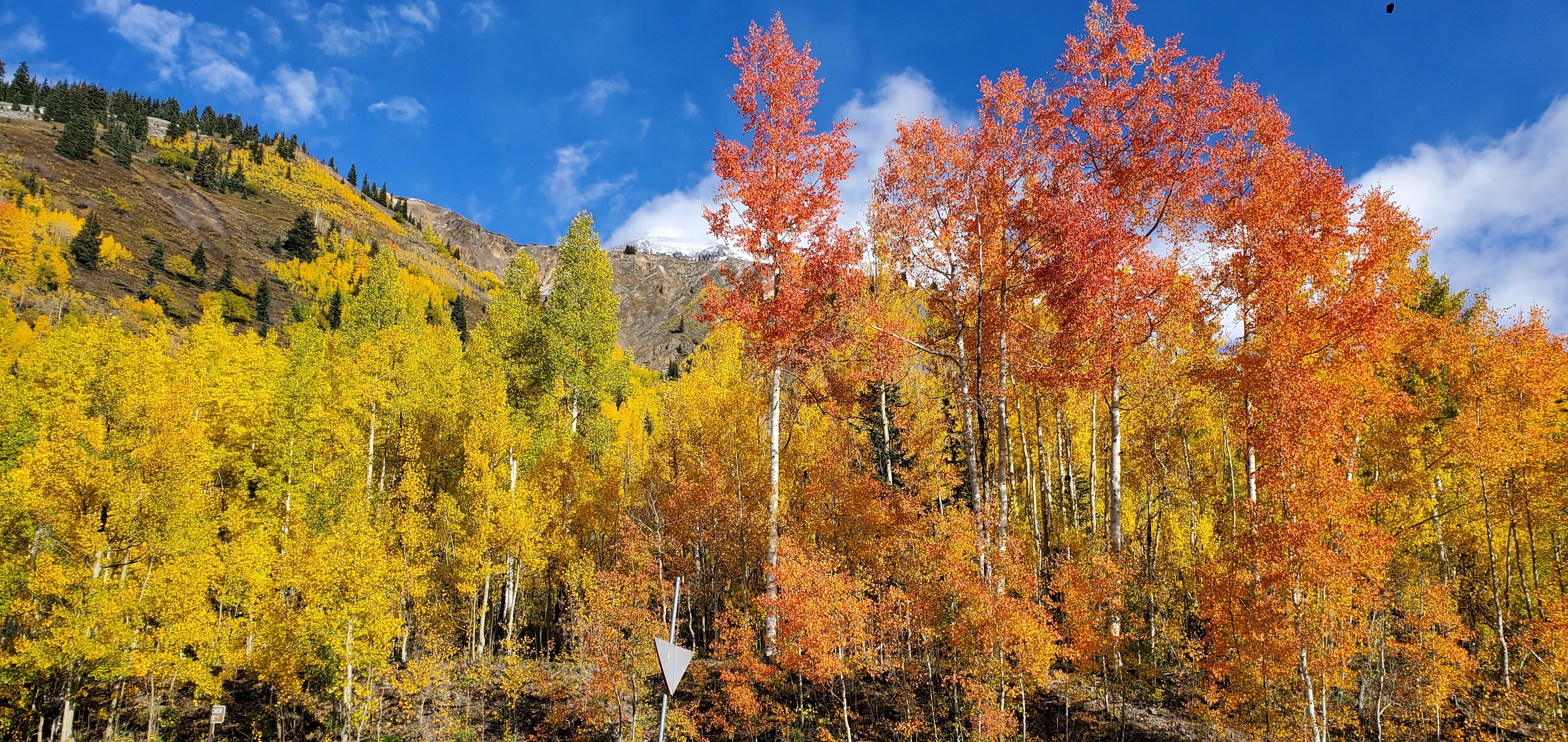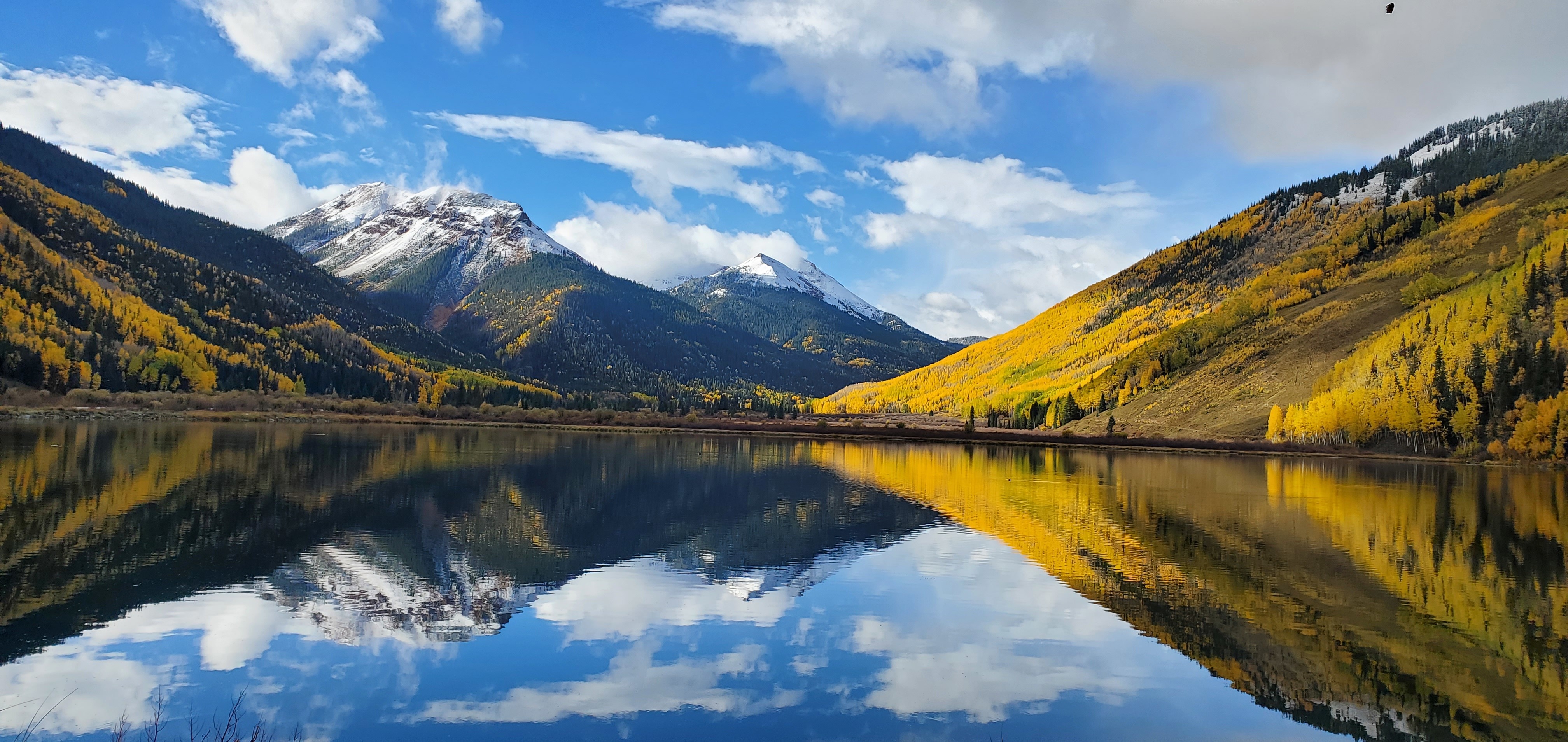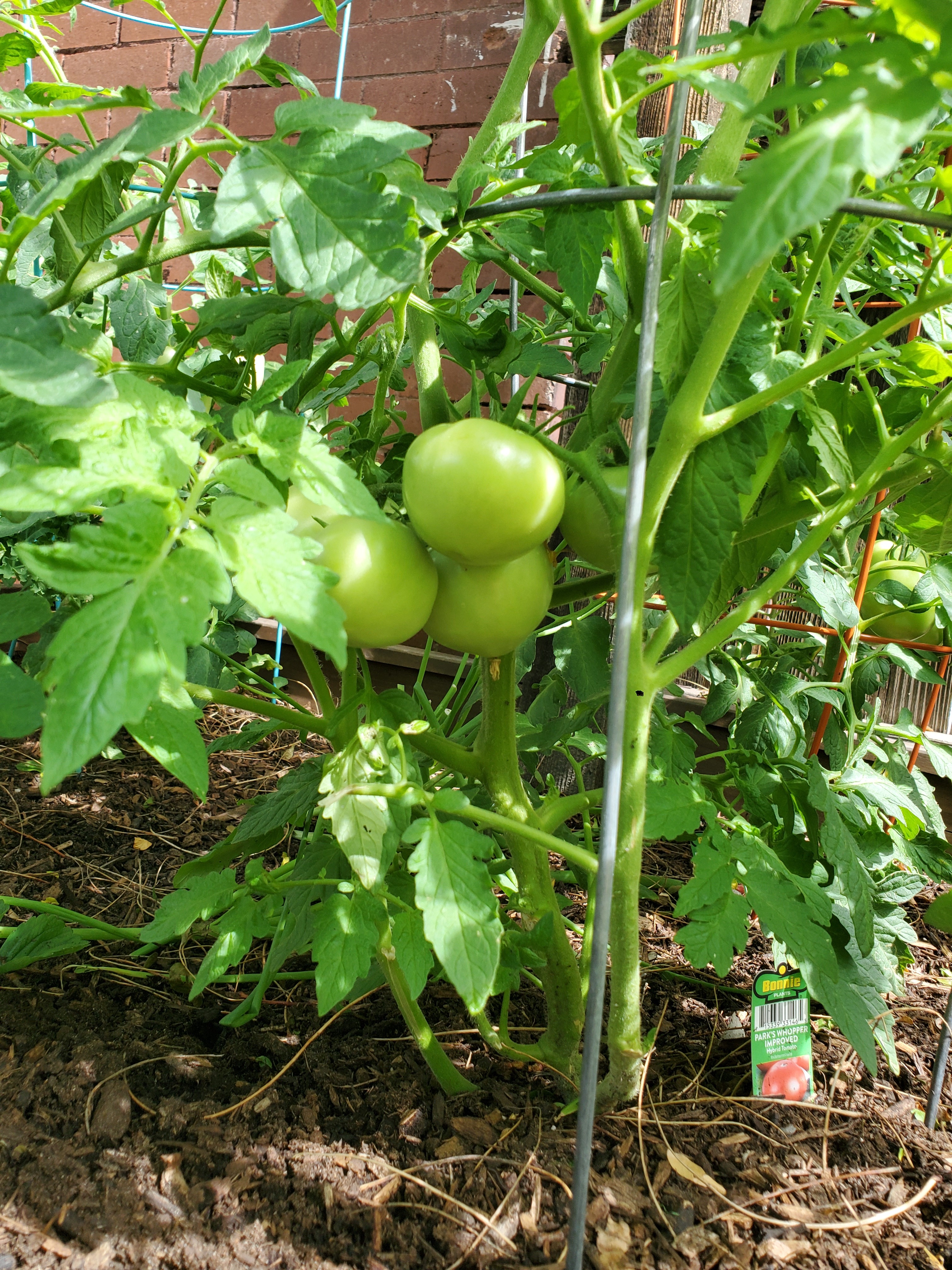Putting down roots.
Sep. 16th, 2024 03:44 pmThis weekend was spent doing gardening tasks. I have been slowly beating back a bramble patch that is inconveniently located at the end of our driveway. I'm digging out the brambles & replacing them with flowers & shrubs. There is bedrock about six inches below ground surface here, so planting each plant feels like a sentence of hard labor. My hands are cramped today after hours swinging a pickaxe on Saturday & Sunday. But the new bed looks really pretty.


I planted Leadplant (Amorpha canescens), Coronado Hyssop (Agastache aurantiaca), 'Electric Blue' Foothills Beardtongue (Penstemon heterophyllus), Bee-Mine Red Bee Balm Monarda (Monarda didyma), Sonoran Sunset Hyssop (Agastache cana), Vermilion Bluffs Mexican Sage (Salvia darcyi), & Red Birds in a Tree (Scrophularia macrantha). There's also a Meadow Sage (possibly Salvia nemorosa, I'm not entirely sure) that was here when I moved in.
I thought all the species I chose were native to my area, but I reallllly didn't do my research! Leadplant & Meadow Sage are native to parts of Colorado, but not my specific region. Agastache cana is native to New Mexico & Texas, so at least I was close, while Agastache aurantiaca is from Durango... Mexico. Mexican Sage, surprisingly, is also native to Mexico; specifically, to the Sierra Madre Oriental. Red Birds in a Tree is native to southern New Mexico. The Foothills Beardtongue is a southern Californian. And my "native" from furthest afield is the Bee Balm Monarda, which originated in wide swaths of the Eastern U.S., but not anywhere in the Rocky Moutains or Four Corners regions.
Despite their foreign-ness, the new plants are getting good reviews from the (actual) locals!

Broad-Tailed Hummingbird on the Coronado Hyssop.
As long as these plants can thrive in my high-altitude yard with little care from me, & provide beauty, nectar, & oxygen, they are welcome to become naturalized citizens of Loghill Mesa.


I planted Leadplant (Amorpha canescens), Coronado Hyssop (Agastache aurantiaca), 'Electric Blue' Foothills Beardtongue (Penstemon heterophyllus), Bee-Mine Red Bee Balm Monarda (Monarda didyma), Sonoran Sunset Hyssop (Agastache cana), Vermilion Bluffs Mexican Sage (Salvia darcyi), & Red Birds in a Tree (Scrophularia macrantha). There's also a Meadow Sage (possibly Salvia nemorosa, I'm not entirely sure) that was here when I moved in.
I thought all the species I chose were native to my area, but I reallllly didn't do my research! Leadplant & Meadow Sage are native to parts of Colorado, but not my specific region. Agastache cana is native to New Mexico & Texas, so at least I was close, while Agastache aurantiaca is from Durango... Mexico. Mexican Sage, surprisingly, is also native to Mexico; specifically, to the Sierra Madre Oriental. Red Birds in a Tree is native to southern New Mexico. The Foothills Beardtongue is a southern Californian. And my "native" from furthest afield is the Bee Balm Monarda, which originated in wide swaths of the Eastern U.S., but not anywhere in the Rocky Moutains or Four Corners regions.
Despite their foreign-ness, the new plants are getting good reviews from the (actual) locals!

Broad-Tailed Hummingbird on the Coronado Hyssop.
As long as these plants can thrive in my high-altitude yard with little care from me, & provide beauty, nectar, & oxygen, they are welcome to become naturalized citizens of Loghill Mesa.




































